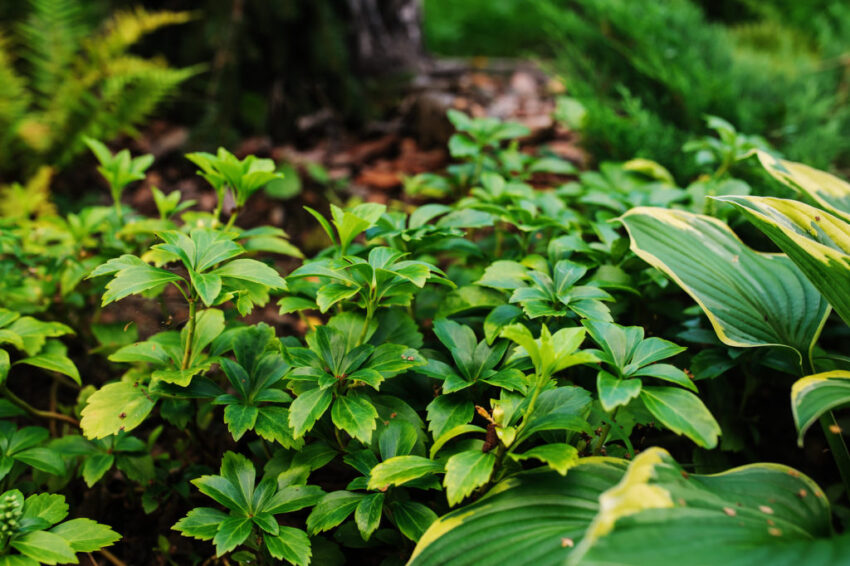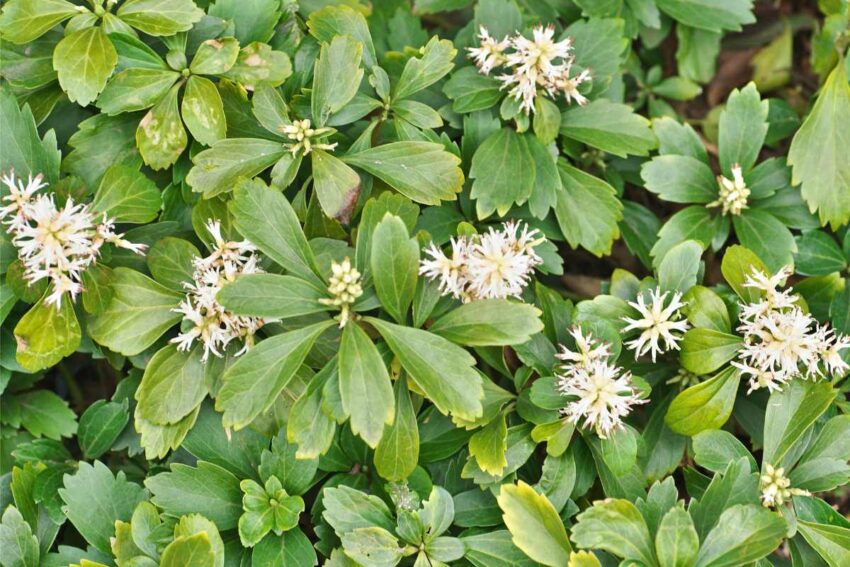Pachysandra is a type of plant that grows in the water. It can be difficult to get rid of because it starts growing roots under your house, and most people don’t even know it’s there until it has expanded and taken over their garden. This blog article offers some tips on how to get rid of Pachysandra without having to tear everything up and start again.
What is Pachysandra?
Pachysandra is a genus of flowering plants in the daisy family. About 100 species of Pachysandra are found in temperate and subtropical regions worldwide. The name comes from the Ancient Greek word pachys, meaning “thickness,” and Sandra, meaning “daisy.”
How Did Pachysandra Get Here?
Pachysandra is a genus of flowering plants in the daisy family. The genus is native to Asia and the Mediterranean region. However, it has been introduced to other parts of the world, including North America, Europe, and Australia.
The plant comes from Ancient Greek words meaning “thick-growing,” referring to the densely hairy leaves. Pachysandra is a popular garden shrub or small tree that can grow up to 6 meters tall.
Most members of the pachysandra genus are hardier than many other plants, tolerating partial shade and occasional wind damage. They also usually have good drought tolerance, making them valuable for areas with dry summers.
There are about 100 species of Pachysandra, most of which are found in warm climates. They range from low-growing ground covers to semi-hardy shrubs or trees that can reach heights of 2 meters or more. Many species are suitable for growing in containers or as a part of a larger landscape plan.
What Causes Pachysandra to Spread?

Pachysandra is a creeping groundcover that can quickly spread throughout a garden if not controlled. There are several causes of Pachysandra spreading, but the most common is direct seeding. If you are trying to control Pachysandra in your garden, it is important to understand how it spreads and what you can do to prevent its spread.
The root of the problem with Pachysandra is that it spreads rapidly by runners. The roots grow along the soil surface and can push up other plants. This can lead to a dense clump of Pachysandra, which can be difficult to get rid of.
If you have ever seen a Pachysandra growing in your garden, you may have been puzzled by its fast-growing habit and the way it seems to take over. You might have also been wondering how to get rid of it.
How Can You Prevent Pachy from Spreading?
The invasive plant Pachysandra has spread throughout many parts of the United States and is now considered a noxious weed. Unfortunately, Pachysandra is very difficult to get rid of, and it can take many years to completely disappear. Here are some tips on how you can prevent Pachysandra from spreading:
- Plant Pachysandra in areas where it will not be able to spread uncontrollably. If no areas are available for that species of tree, then consider planting other trees in the same area.
- Do not plant Pachysandra along streams or rivers that flow into a lake because the roots and seeds can survive underwater for a long time.
- Keep animals away from the plants because they may eat them and spread them to new areas.
- Do not let children play with Pachysandra because they may mistake it as a toy, break off pieces of the plant, and then bring them home with them to eat or throw them around without knowing what they’re doing wrong!
- Dig up any plants you see growing in your yard and bring them to your local nursery to sell or give away. It is best to get rid of the plants by cutting off their roots because the plant will continue to sprout new branches, and you don’t want that. Pachysandra is usually grown as a hedge, but it can also be used in other methods, such as cascading over walls or archways or planting along paths.
Conclusion
If you’re ever experiencing difficulty getting rid of Pachysandra, you can do a few things to help. First, make sure to use the right kind of pesticide. Second, be sure to apply the pesticide consistently and thoroughly. Third, monitor the progress of your treatment by checking for any changes in growth or coloration. Finally, call a professional if all else fails. Following these tips should help you get rid of this pesky weed!





